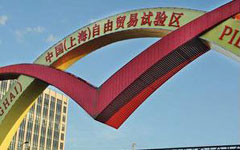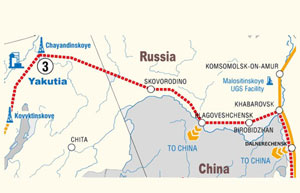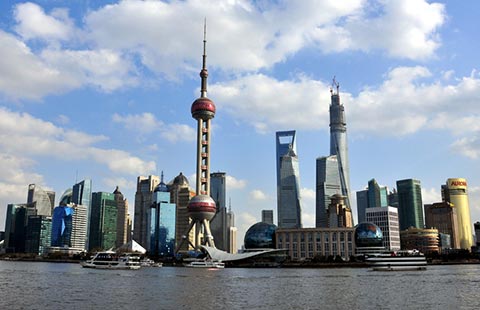FTZ launches accounting unit for cross-border fund flow
(Xinhua) Updated: 2014-05-24 15:41He also added that the systemic design applies not only to banks, but also to securities brokers and insurance firms that wish to conduct business pursuant to authorities' agenda to push for greater financial opening in the zone.
The central bank issued a 30-point supporting document in December to guide financial reforms in the 29-square-kilometer FTZ. The FTA, according to the document, will enjoy greater freedom in capital movement to facilitate a slew of financial activities that are either restricted or tightly regulated in the rest of China.
 |
 |
Banks in the FTZ can now perform yuan cross-border cash sweeping, pooling and netting for firms registered in the zone. Firms in the zone are also allowed to seek financing from offshore yuan markets, where financing costs are cheaper than the lending rates offered by banks in China.
Restrictions over capital movement under the current account and direct investment are also lifted. Multinational firms can also ask banks to set up a centralized foreign exchange management programe to deploy funds that are otherwise managed separately by each subsidiaries of a company.
The Shanghai FTZ is also mulling commodity exchanges that invite foreign investors to trade oil futures, gold and other precious metals as well as derivatives in the Chinese yuan. Transactions will also be executed under the FTA, according to central bank officials.
"We expect that China will experiment many new policy initiatives and expand those successful ones to the onshore financial system gradually and prudently, as the (free trade accounting unit) will be operated separately from the onshore financial system," the ANZ research note said.
- China to float 50-year T-bonds at 4.67% yield
- China's customs release pro-trade measures
- Shanghai GM to recall Buick vehicles
- Industry hopes for second wind
- Maintaining credit growth is key, Li tells business heads
- China's cyber move in the right direction
- Reports of property easing lift listed firms
- JD delivers with 10% increase on Nasdaq debut















